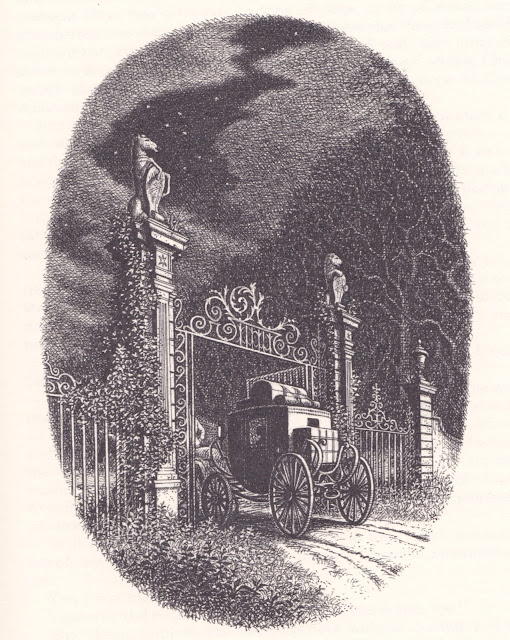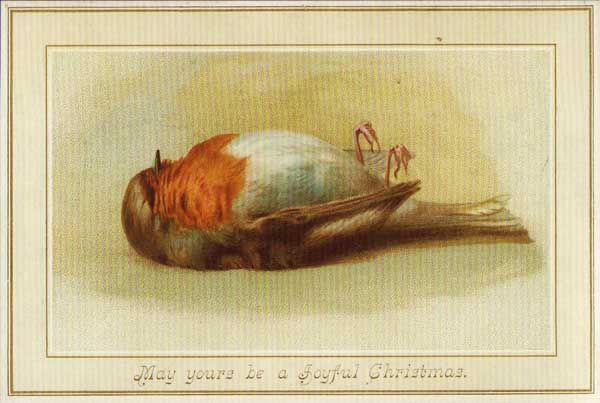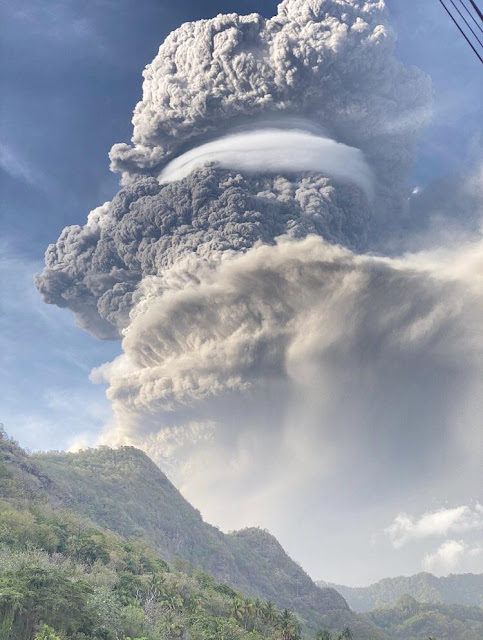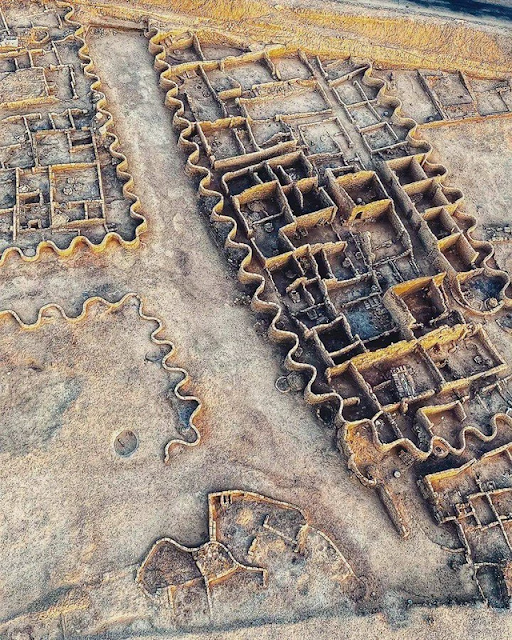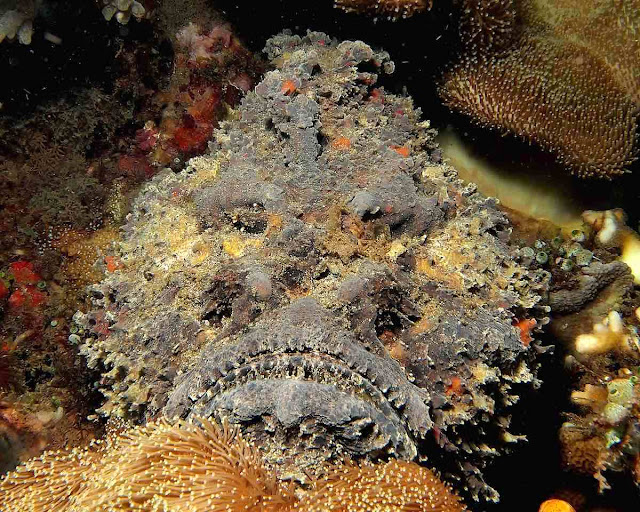Walking through the Rotherhithe tunnel is not recommended
"Shepherd jump" as a way to descend from heights
A 2019 CNN interview with Randy Rainbow
A child's monowheel (1927), passes through horse manure with ease
How the inside of a ceramic bowl is painted
Sorting eggs on a "chick farm" (not an "egg farm") (see discussion thread)
The American highways in numerical order
Riding down a Swiss funicular (scenic, tho the endless panning is annoying)
Nature and Science
How the epiglottis closes to guard the airway during deglutition
Sand from the Sahara on European snow
A modern aeolipile
Lavawatching in Iceland
This rattleback can only be spun counterclockwise. Explained here.
Animals
Panda having fun in the snow
Bobcat vs. rattlesnake. I didn't know rattlesnakes make squeaky noises
Canada goose vs. two tigers (goose wins)
Crocodile vs. cheetah (crocodile wins)
Tagged blue whale dodging ships
Elephant uses stick to intimidate rhino
Peacock displaying glorious plumage
Australian plague of mice
Australian plague of spiders
Puppy and butterfly (?Diana)
An Argonaut (Paper Nautilus)
Saltwater crocodiles can swim 18 mph (Olympic humans 6 mph). "Maybe deep down I'm afraid of any apex predator that lived through the K-T extinction. Physically unchanged for a hundred million years, because it's the perfect killing machine. A half ton of cold-blooded fury, the bite force of 20,000 Newtons, and stomach acid so strong it can dissolve bones and hoofs."
Impressive or Clever
How to catch pirhanas
Sisyphus sand art table (ball controlled by magnet under table)
"Antigravity" lego set
Ceramic "puzzle pot" discussed at the via
Great Britain's inflatable army
A squirrel's cache of acorns
Elaborate joineries in a 100-year-old house
Netherlands first responder soldier using a jet suit for maritime operations
The Falkirk Wheel boat lift in Scotland. (info here)
Sports and Athleticism
School custodian aces half-court shot
How figure skaters train to spin
Softball shortstop makes incredible play tagging runner at second base
Full-rink hockey goal
Man windsurfs over an island
Jalen Suggs' buzzer-beater
Bowler converts a 7-10 from the INSIDE of the ten pin!
Falls and wtf
Thief doesn't get away. ("Fortunately the wall broke his fall")
Humorous or Cheerful
The "lawyer cat" Zoom filter mixup
Happy cows escape from a farm
I wonder if the snail does this on purpose just for fun
Spring in Sweden (related: laundry day)
Lively manhole cover looks like it's having a happy day
Indescribable. Found at Madame Jujujive's Everlasting Blort.
Indescribable. Found at Madame Jujujive's Everlasting Blort.
This one speaks for itself. It's also via Everlasting Blort.
And E. coli Karen is also from there.
The embedded images for this gif-fest are selections from a gallery of photos of Irish Traveller children, photographed by Jamie Johnson and posted in The Guardian. Description and commentary on the photos at the link. Growing up Travelling: The Inside World of Irish Traveller Children is published by Kehrer











